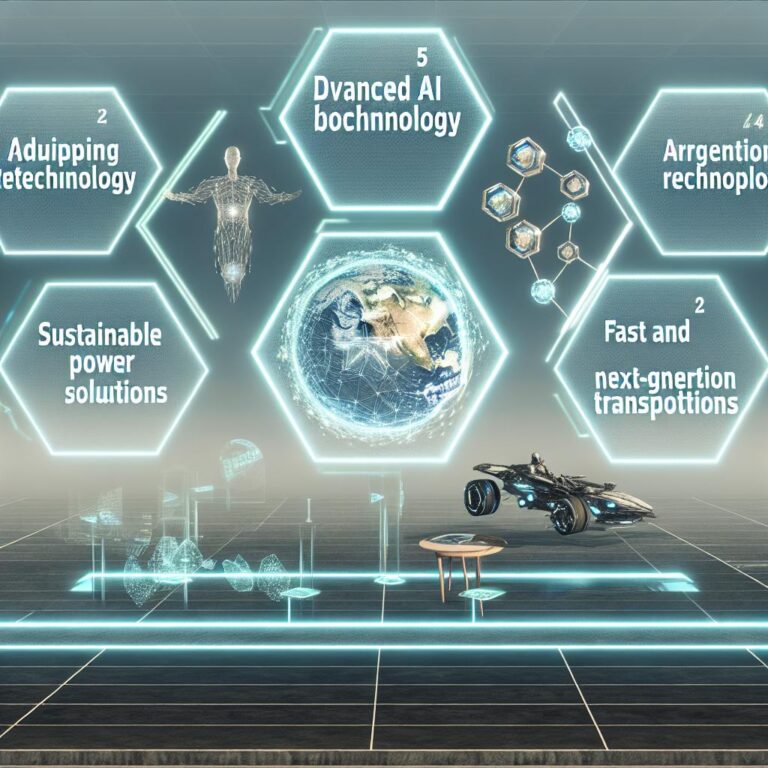
The home services industry is having its iPhone moment with artificial intelligence. Just like smartphones transformed how we communicate, AI is completely revolutionizing how contractors, plumbers, HVAC techs, and other service professionals capture and convert leads. But with all the hype around AI, which tools actually deliver results for real businesses?
Why AI Matters More Than Ever for Home Services
Here’s the brutal reality: when someone’s air conditioning dies on a 95-degree Saturday afternoon, they’re not waiting until Monday to find help. They’re calling and texting every contractor they can find until someone responds. If you’re not available instantly, they’re moving on to your competitor who is.
Traditional businesses lose an estimated 70% of potential leads simply because they can’t respond fast enough. That’s like throwing money directly into your competitor’s pocket. AI changes this game completely by providing instant, intelligent responses 24/7, even when you’re on another job or asleep.
The numbers don’t lie: businesses using AI for lead capture see 40-200% improvements in conversion rates. For home services where individual jobs can be worth thousands of dollars, that’s serious money we’re talking about.
1. LeadTruffle: The SMS-First Game Changer
LeadTruffle isn’t just another chatbot—it’s the first AI platform built specifically for North American home services companies. While other tools treat SMS as an afterthought, LeadTruffle puts text messaging front and center, which is brilliant when you consider that text messages have a 98% open rate versus email’s pathetic 20%.
Here’s how it works: when someone visits your website or calls after hours, LeadTruffle’s AI immediately starts a text conversation. But this isn’t some generic bot spouting canned responses. Each AI agent gets custom training on your specific business—your services, pricing, service areas, and common customer scenarios.
The platform handles missed calls like a pro. When someone leaves a voicemail, the AI transcribes it and automatically follows up via text about their specific need. It’s like having a dedicated assistant who never sleeps and never misses a lead.
Real users report response times under 90 seconds, with many interactions starting within 30 seconds. For businesses that have been hemorrhaging leads to faster competitors, this instant availability is a complete game-changer.
2. Freshchat: The Underrated Powerhouse
Part of the Freshworks ecosystem, Freshchat brings enterprise-level AI capabilities to small businesses through surprisingly affordable pricing. The platform’s free tier for small teams makes it accessible for solo contractors testing the AI waters, while its scalable pricing grows with your business.
What sets Freshchat apart is its mobile-first design. Since most service inquiries happen on phones, the platform’s responsive chat widgets work flawlessly across all devices. The AI can be trained on your specific services and pricing, making conversations feel natural and helpful rather than robotic.
The integration with Freshworks’ CRM creates seamless workflows from chat to customer management. For businesses already juggling multiple tools, this unified approach eliminates data silos and reduces administrative headaches.
3. ChatBot.com: Visual Simplicity Meets AI Power
ChatBot.com takes a unique approach with its drag-and-drop conversation builder. You can literally design conversation flows visually—no coding required. Want separate paths for emergency repairs versus routine maintenance? Easy. Need different qualification questions for HVAC versus plumbing? Done.
The recent GPT integration adds natural language capabilities while keeping you in control of the conversation flow. This hybrid approach gives you the best of both worlds: AI intelligence with human-designed logic.
The visual builder is particularly valuable for seasonal businesses. You can quickly adjust conversation flows based on weather conditions, peak seasons, or special promotions without technical expertise.
4. Customers.ai: The Lead Intelligence Specialist
Formerly MobileMonkey, Customers.ai has evolved into something special: an “OmniChat” platform that doesn’t just capture leads—it enriches them with valuable data for follow-up marketing. The platform can identify website visitors, append contact information, and create detailed profiles for retargeting.
For home services businesses with longer sales cycles (think major renovations or seasonal services), this lead enrichment capability is gold. You can create targeted Facebook ad campaigns for visitors who discussed specific services but didn’t book immediately.
The platform’s multi-channel approach unifies conversations across website chat, Facebook Messenger, Instagram, and WhatsApp. This omnichannel capability ensures you never miss a lead regardless of how customers prefer to communicate.
5. Birdeye: The Reputation-Lead Combo
Birdeye represents the evolution of reputation management into comprehensive customer engagement. The platform combines AI webchat with review management, creating a powerful one-two punch for local businesses.
The AI captures initial inquiries and routes them into Birdeye’s unified inbox alongside reviews, social media messages, and other communications. This consolidated approach eliminates the chaos of managing multiple customer touchpoints.
Post-service automation is where Birdeye really shines. The platform automatically requests reviews, sends satisfaction surveys, and handles follow-up communications. For home services businesses where reputation directly impacts lead flow, this integrated approach creates a positive feedback loop.
What Actually Works: Implementation Tips
Based on real-world deployments, here’s what separates successful AI implementations from expensive failures:
Response Speed Matters Most: Customers expect immediate acknowledgment. Your AI should respond within minutes, not hours, or customers will assume you’re not interested.
Keep Qualification Simple: Collect essential information (contact details, basic needs, timeline) without overwhelming prospects. Save detailed discussions for human follow-up.
Integration is Everything: AI chat that creates data silos is worse than no AI at all. Ensure your chosen platform integrates seamlessly with existing scheduling, CRM, and communication tools.
Test and Optimize: Monitor actual conversations regularly. Customer language evolves, and your AI should evolve with it. Most platforms provide conversation analytics—use them.
ROI Reality Check
Home services businesses implementing AI chat typically see measurable results within 30-60 days:
- Lead Response Time: From hours to seconds
- After-Hours Conversion: 40-80% improvement in capturing off-hours inquiries
- Overall Conversion: 25-50% improvement in inquiry-to-appointment rates
- Customer Satisfaction: Higher ratings due to immediate, helpful responses
For context, capturing just one additional qualified lead per week through AI automation can generate $25,000-$250,000 in additional annual revenue, depending on your average project values.
The Bottom Line
AI isn’t just hype—it’s becoming essential infrastructure for competitive home services businesses. Customers increasingly expect immediate responses, and businesses that can’t deliver are losing market share to those that can.
The key is choosing a platform that fits your specific needs and implementing it strategically. Whether you’re a solo contractor competing with larger companies or an established business looking to scale more efficiently, the right AI tool can level the playing field and accelerate growth.
Success comes from understanding that AI enhances rather than replaces human expertise. The most effective implementations use AI to capture and qualify leads efficiently, then seamlessly transfer qualified prospects to human team members for consultation and service delivery.
As consumer expectations continue evolving, the question isn’t whether to implement AI customer engagement—it’s which platform will best support your growth objectives. The businesses making these investments now are positioning themselves to dominate their local markets while competitors struggle with manual lead management processes.
The technology is here, it works, and it’s more affordable than ever. The only question is: will you be the contractor who adapts to the future, or the one still checking voicemails on Monday morning?






